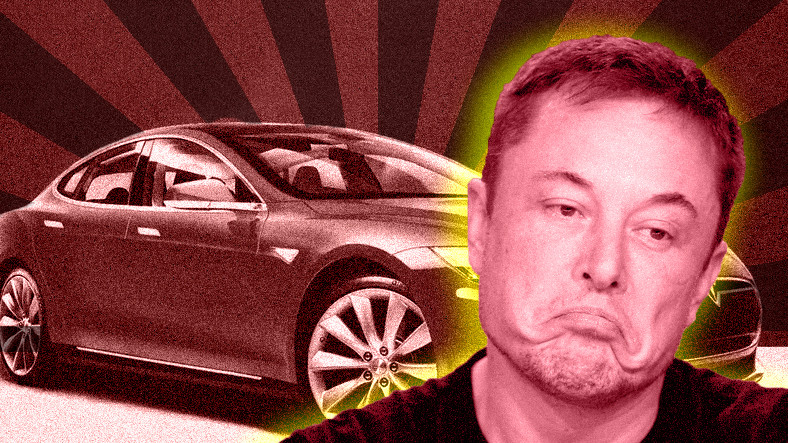Although progress has been made in the field of self-charging vehicles, it must be said that this is still in its early stages. In addition to the lack of technology, of course also the lack of investments Lack of infrastructure to support Also ask.
Before we discuss all this, first things first, of course Why electric vehicles can’t charge themselves We will discuss it in technical details.
How do batteries charge themselves in conventional cars?
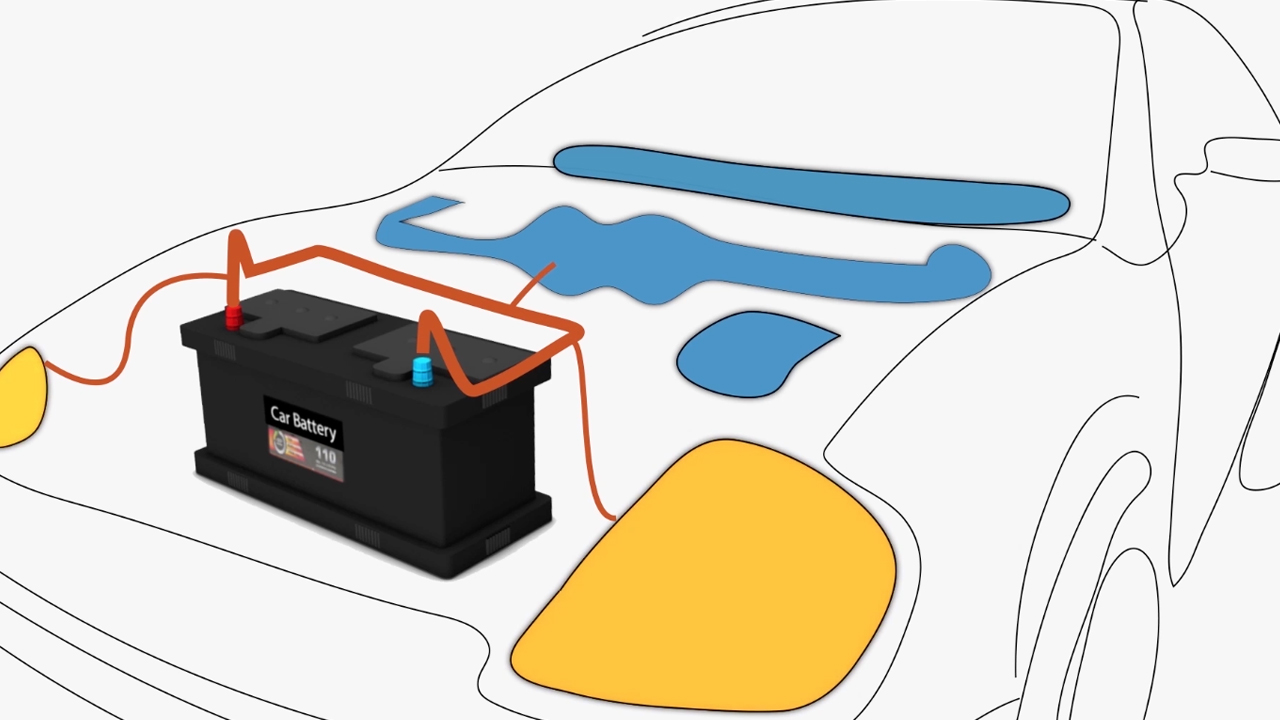
Batteries used in conventional vehicles are charged by a component called an alternator while the engine is running. The alternator is the engine of the vehicle converting mechanical energy into electrical energy is charging the battery.
This system ensures that the battery remains charged while the vehicle is in motion and meets the energy needs of the electrical components. However, this mechanism consists of a simple energy conversion process and only the battery a limited energy capacity there is.
What are the charging mechanisms of electric vehicles?
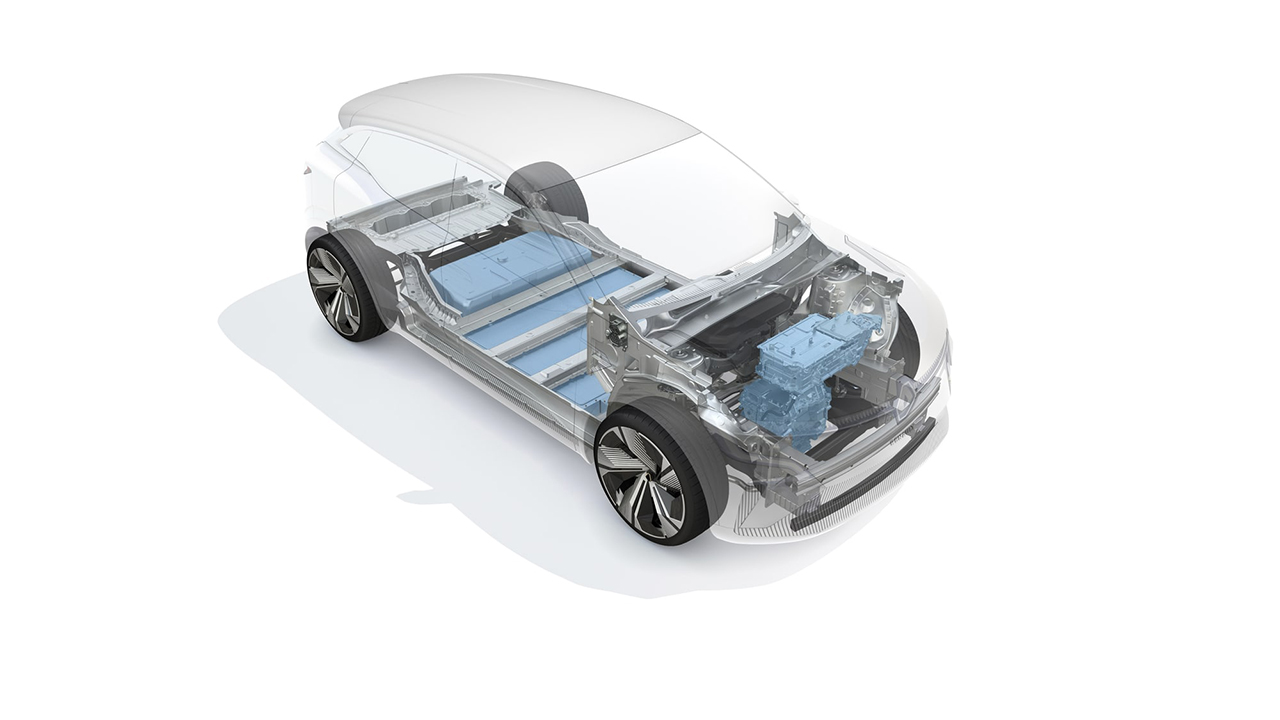
Electric vehicles draw their energy entirely from batteries and require an external source of electricity to charge these batteries. Electric cars, unlike traditional cars, are high capacity batteries and charging these batteries is not possible with the energy supplied by a dynamo.
This is because electric vehicle batteries have a much greater energy storage capacity The energy that dynamos can produce are insufficient to meet this need.
Let’s look at our real question: why can’t electric vehicles charge themselves?
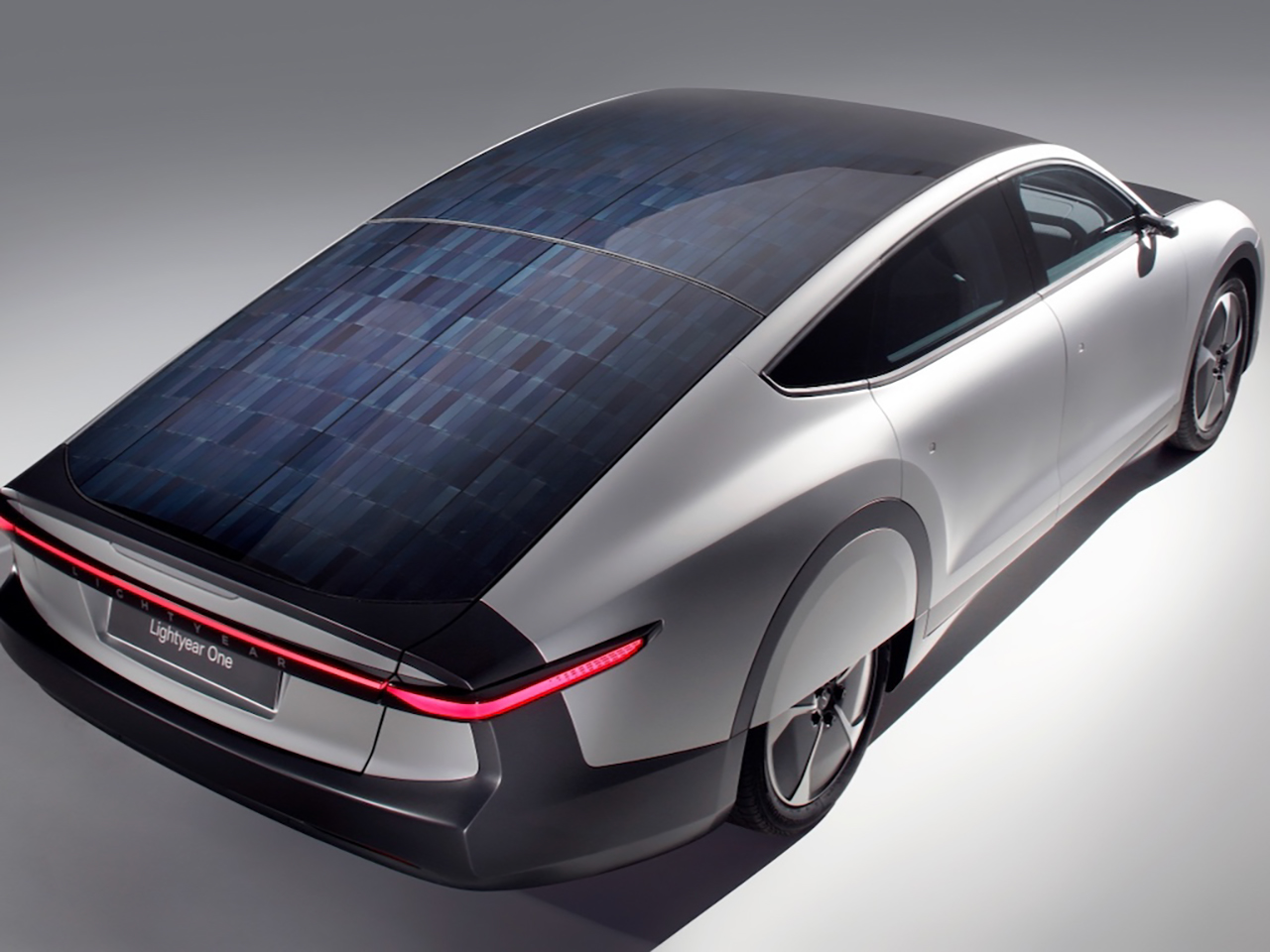
electric vehicles It uses regenerative braking technology. This technology captures the energy released when the vehicle slows down and uses it to charge the battery. The method is also not sufficient to fully charge the battery; It just increases the range of the battery slightly.
Another reason why electric vehicles cannot charge themselves is energy efficiency and natural laws. In accordance with the law of conservation of energy, certain energy losses occur during the conversion of one form of energy to another. Therefore, charging the batteries using the energy produced by the vehicle during its own motion would be inefficient due to energy losses.
Solar panels installed on vehicles The electricity it can produce is only useful when the vehicle is in motion. Because the panel areas are small, it is very difficult to produce large amounts of energy. Considering it gives a range of 12km per hour of charging, this can only be useful for short journeys, so solar panels won’t be useful on long roads.
Is there a way for electric cars to charge themselves?
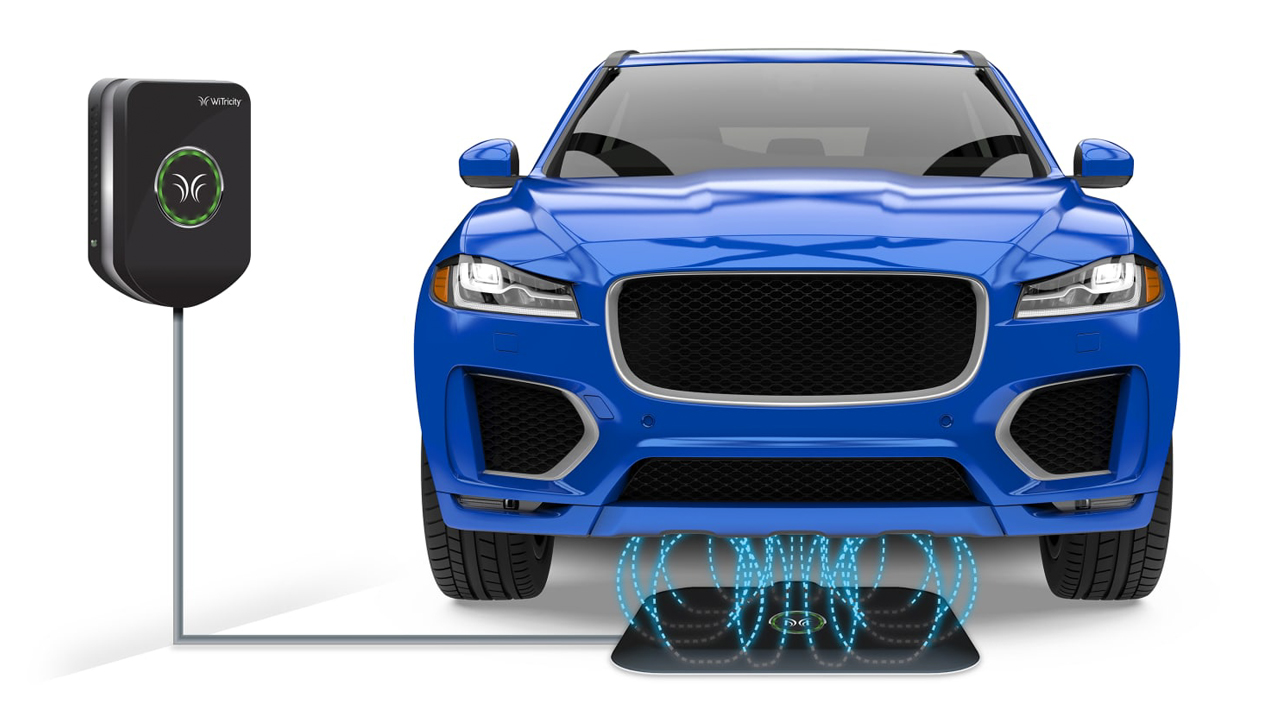
Of course, there are theories and experiments for self-charging electric cars. wireless charging one of these. Electric cars are just like smartphones lithium ion battery It uses it, which means wireless charging. The devices can be installed on the road or in a garage and the vehicle can charge itself, but it is not known when this technology will fully appear in our lives.
Another method is to connect generators or dynamos to the wheels. The wind turbine will also power and charge the vehicles, but this also has some disadvantages. One of the main reasons is that it is expensive. Even electric vehicle batteries As the load on the vehicle increases, adding a generator can make the situation worse.
Given current technological developments and infrastructure improvements, this is actually not a major problem.
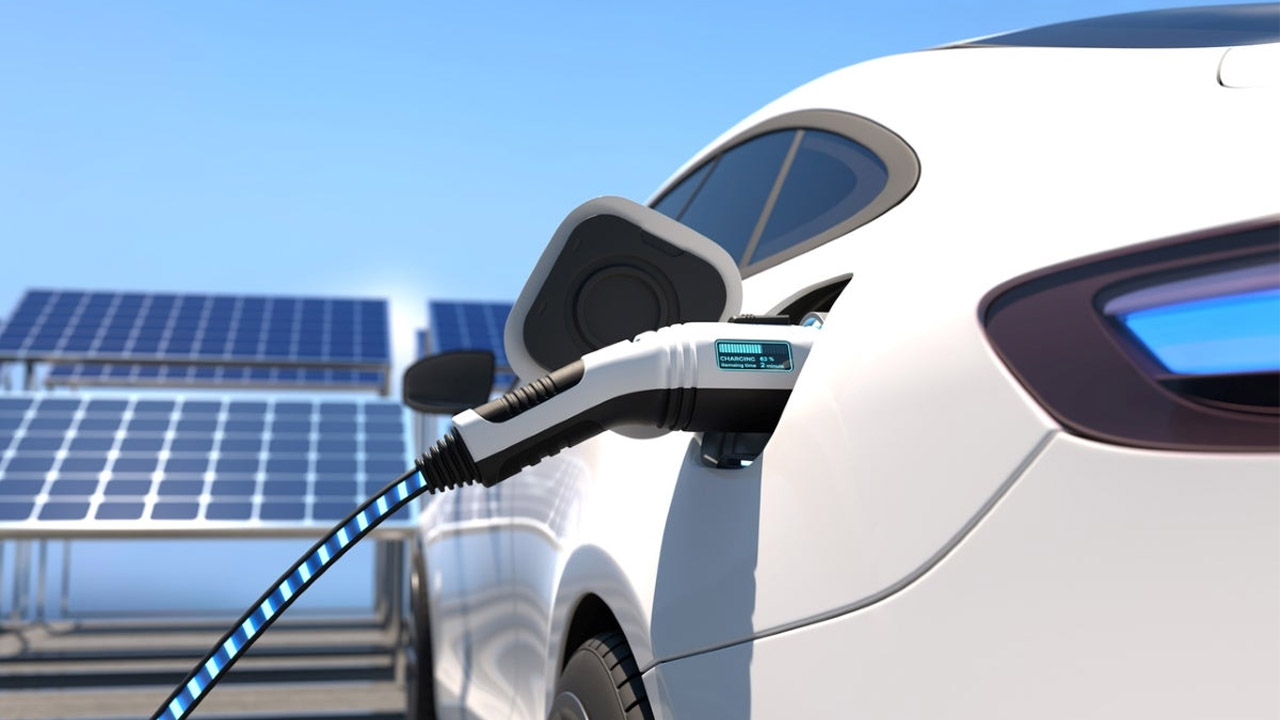
Electric vehicles cannot charge themselves, While it may seem like a significant limitation to some users, the practical impact of this situation is less of an issue than expected given current technological developments and infrastructure improvements.
Energy needs of electric vehicles, high capacity batteries and is met by advanced charging infrastructures. Thus, the daily usage and range needs can be easily met for the majority of users. Especially in urban use, electric vehicles offer a very effective solution for many users.
Continuous development of charging infrastructure, more and more fast charging stations Thanks to the convenience of charging at home, concerns about the range of electric vehicle owners are gradually decreasing.
Technologies such as regenerative braking also prevent vehicles from moving, even while they are in motion. energy recovery This allows them to increase their reach. These developments significantly alleviate the problem of electric vehicles not being able to charge themselves.
However, long journeys and Charging stations are insufficient In some regions this can cause problems. That’s why the electric vehicle industry and governments continue to work to overcome these potential barriers by further expanding charging infrastructure and improving electric vehicle technology.
Electric vehicles with this mechanism would also require more energy.

Traditional vehicle batteries themselves payload and the fact that electric vehicles do not have this characteristic is due to the fundamental differences between the technology used and the energy needs.
Charging high capacity batteries of electric vehicles, more energy It requires energy, and a mechanism to deliver this energy is not possible with current technology. As technological advances and innovative solutions are developed, electric vehicles may one day be able to charge themselves more effectively.
In this process, it is exciting to see that innovations that will increase the range and convenience of electric vehicles will continue.
Sources: Home Charging Stations, US News
For more information about electric vehicles:
Follow Webtekno on Threads and don’t miss the news







